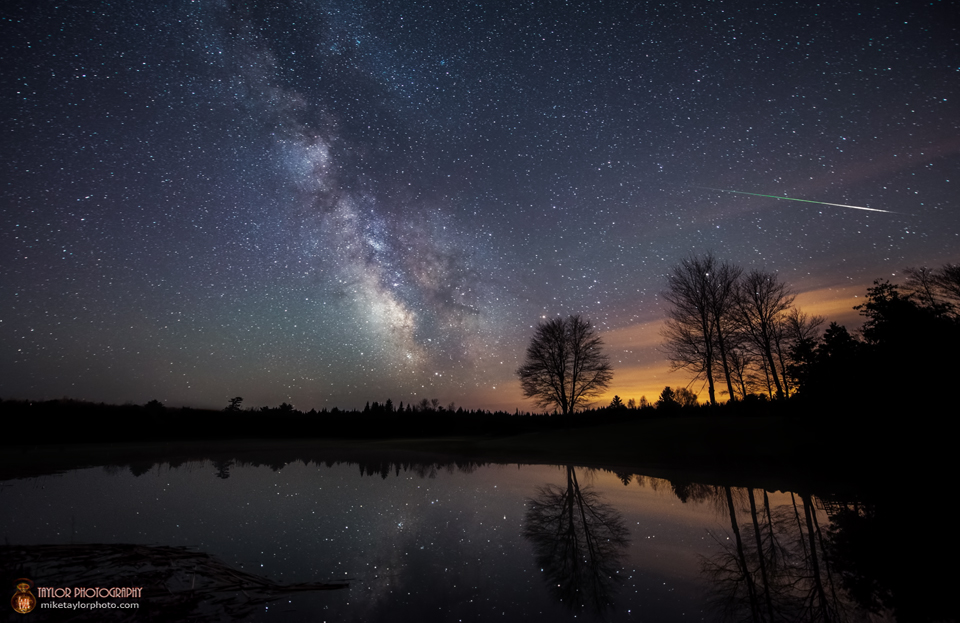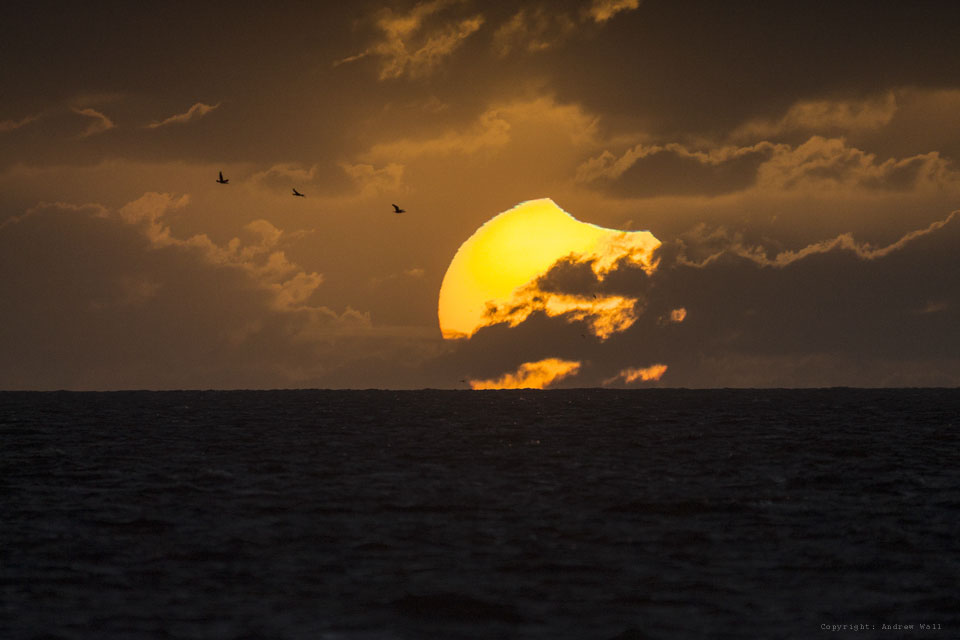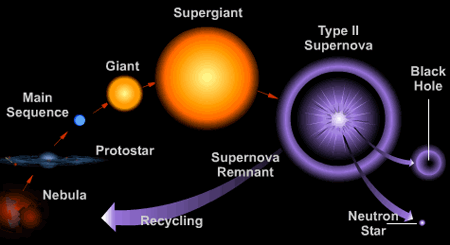Kip
Stephen Thorn, a renowned American theoretical physicist was born in Logan,
Utah in 1940. From his early life, he had exposure to the magnificent world of
science which later on, he himself would be an influence in. He obtained his
higher education at both Caltech and Princeton University for his BS and PhD,
respectively. After doing so, he dedicated his time completing research and
becoming a professor at Caltech. His subject area is theoretical physics. As
professor since 1970, Thorne has advised and served as a mentor for over 50
physicists who have received their PhD under Thorne. Thorne’s research alone
and with his students is focused around gravitation physics and astrophysics,
especially with concentration on relativistic stars, black holes, and
gravitational waves. With his own work alongside the work of students like
Carlton Caves, Anna Zytkow, and James Hartle, Thorne has posed some important
questions and research in recent times. This includes: Is there a dark side of
the universe populated by objects as black holes?, Can we observe the birth of
the universe?, and will 21st century technology reveal quantum
behavior in the realm of human-size objects?
With
those questions in mind, Thorne has dedicated his research to physics and has
contributed to the science community with his extensive work with general
relativity. However, he is best known to the general public for his theory that
wormholes can be used for time travel. He was one of the first people to
conduct scientific research on whether space and time can be multiplied and
connected, thus can time travel be possible through wormholes. Thorne’s
research on this indicated that simple masses passing through traversable
wormholes could never engender paradoxes. Some of Thorne’s other research dealt
with tools for visualizing space-time curvature, in relation to black holes
causing so. Thorne’s work with black holes extends to his Hoop Conjecture which
describes that an imploding star turns into a black hole when the circumference
of the designed hoops can be placed around the star and set into rotation.
Thorne has
won many honoring awards for his achievements and contributions to the science
community such as awards by the country’s most prestigious universities, the
Lilenfeld Prize, the Albert Einstein Medal, th e UNESCO gold medal, and on
NASA’s science board. He currently is not retired from research nor from the
science community but now dedicates his time in possibly producing science
fiction movies with famous figures like Stephen Spielberg. He hopes to develop
and possibly direct his own released film in the near future. Thorne also
enjoys writing in his spare time.





